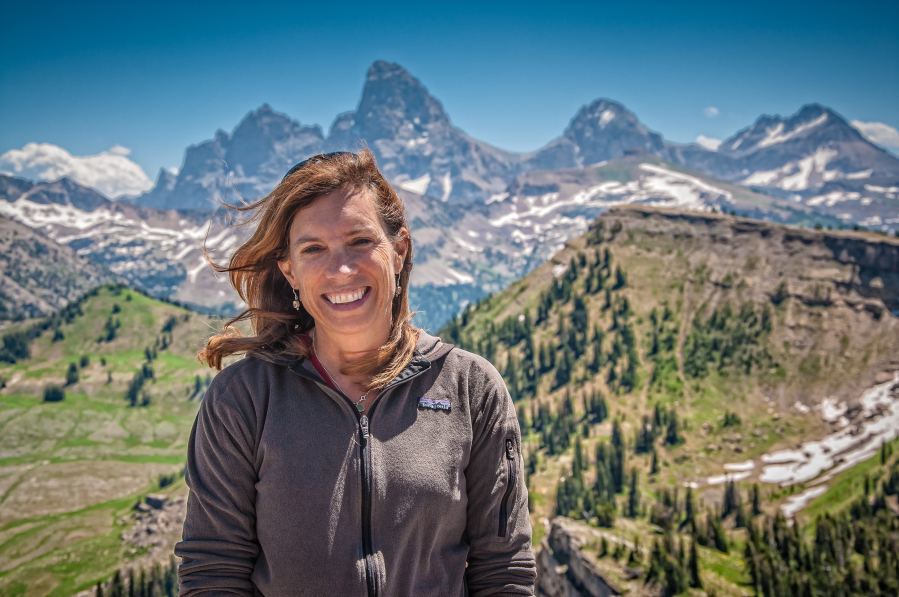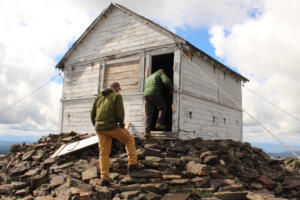This summer, three of us were hiking in Alaska’s western Brooks Range when we encountered a pack of eight wolves. We were far from any help when they moved toward us, paused, and then disappeared behind a low ridge.
When they re-emerged seconds later, they’d lined up along the crest of the pass we were hiking toward. They looked as if they were poised to attack.
Then … nothing happened. Once the wolves figured out what we were, they turned around and vanished. But for those few anxious moments, I tingled with adrenaline, fearing the worst even as I thought how thrilling it all was.
I knew, and I hope most people know, that wolf attacks on humans are extraordinarily rare. In fact, even minor attacks by predatory animals are rare, yet it doesn’t take much to get our imaginations to run wild with fear of fangs and blood. It’s the realization that we aren’t always at the top of the food chain — that we could end up as some other animal’s dinner.
Years ago, on a camping trip, I participated in a predator-prey game that gave me a taste of that vulnerability. I played a mouse, and everyone else in the game was out to eat me. I spent most of the time slinking between hiding places, worried that any movement might get me spotted. Ecologists call this unease the “landscape of fear,” when everything is suffused with hyper-awareness and a sense of vigilance.


